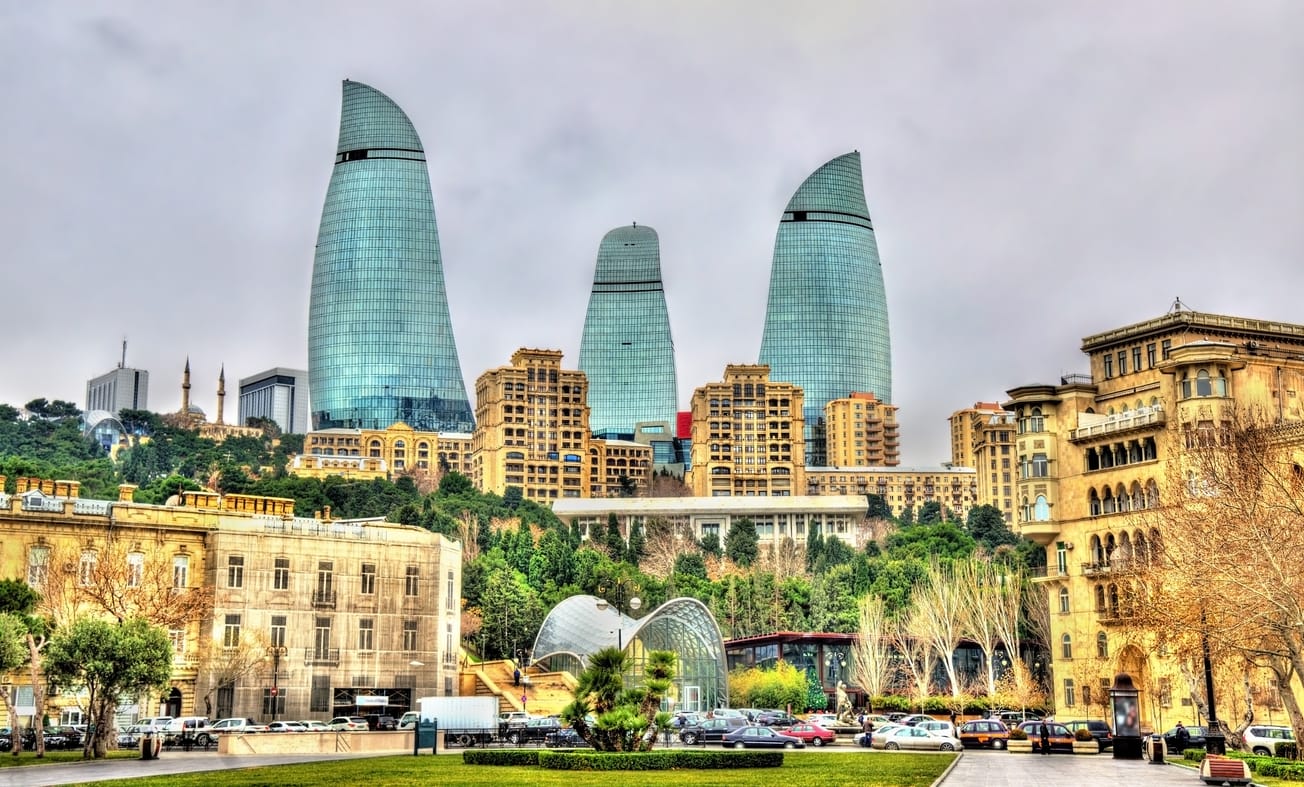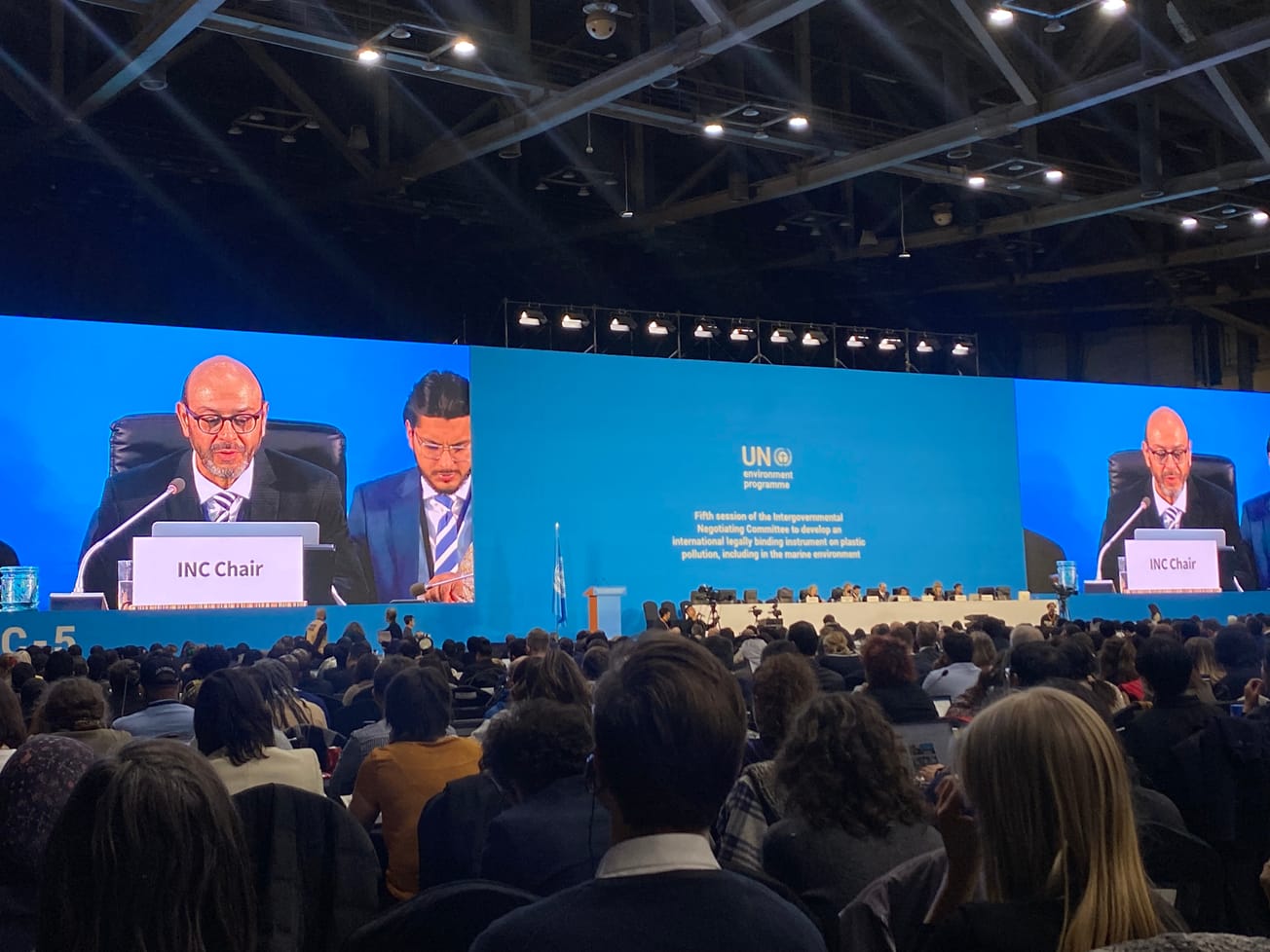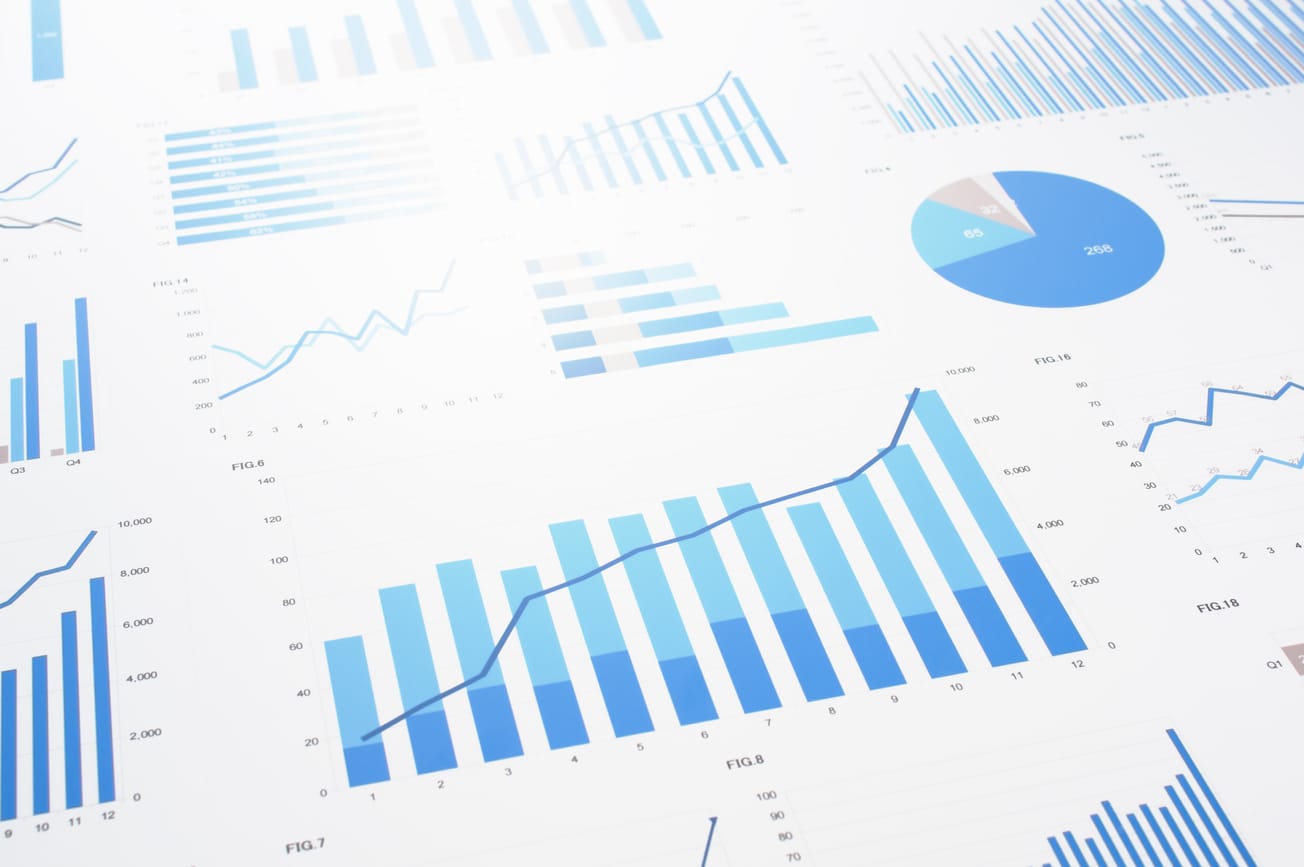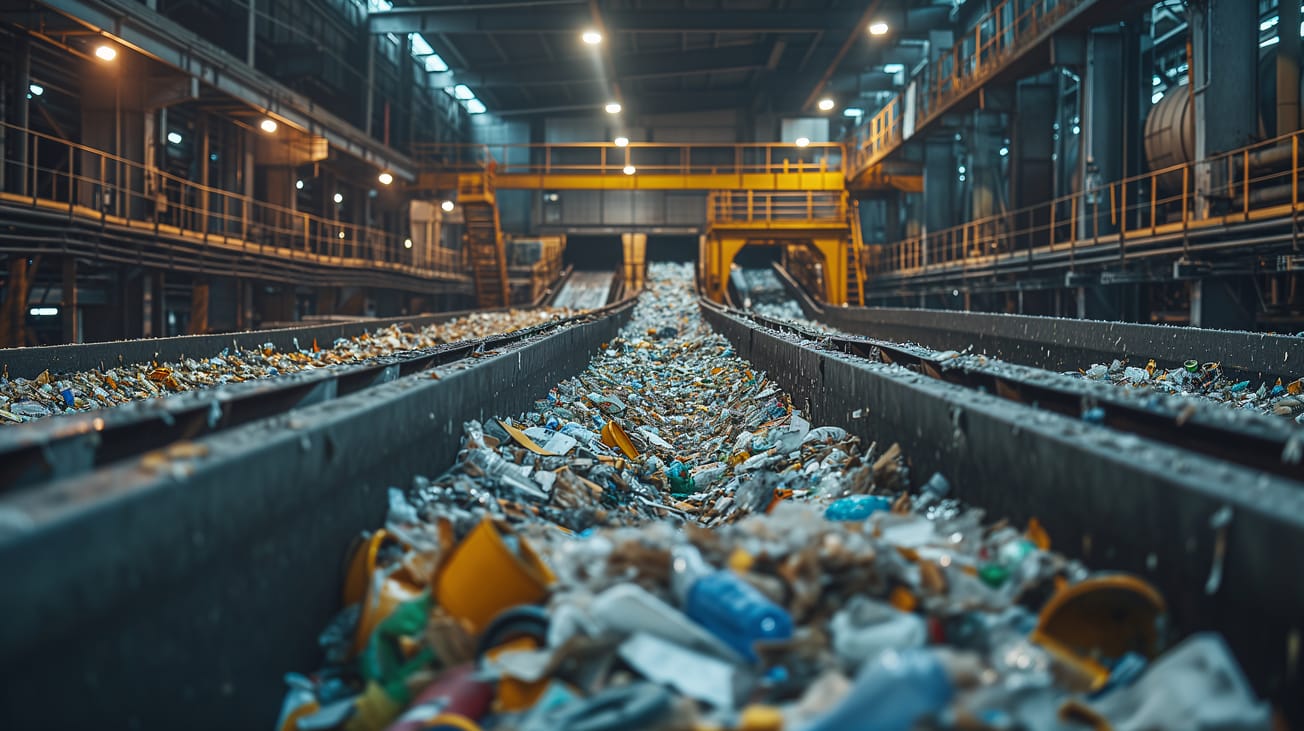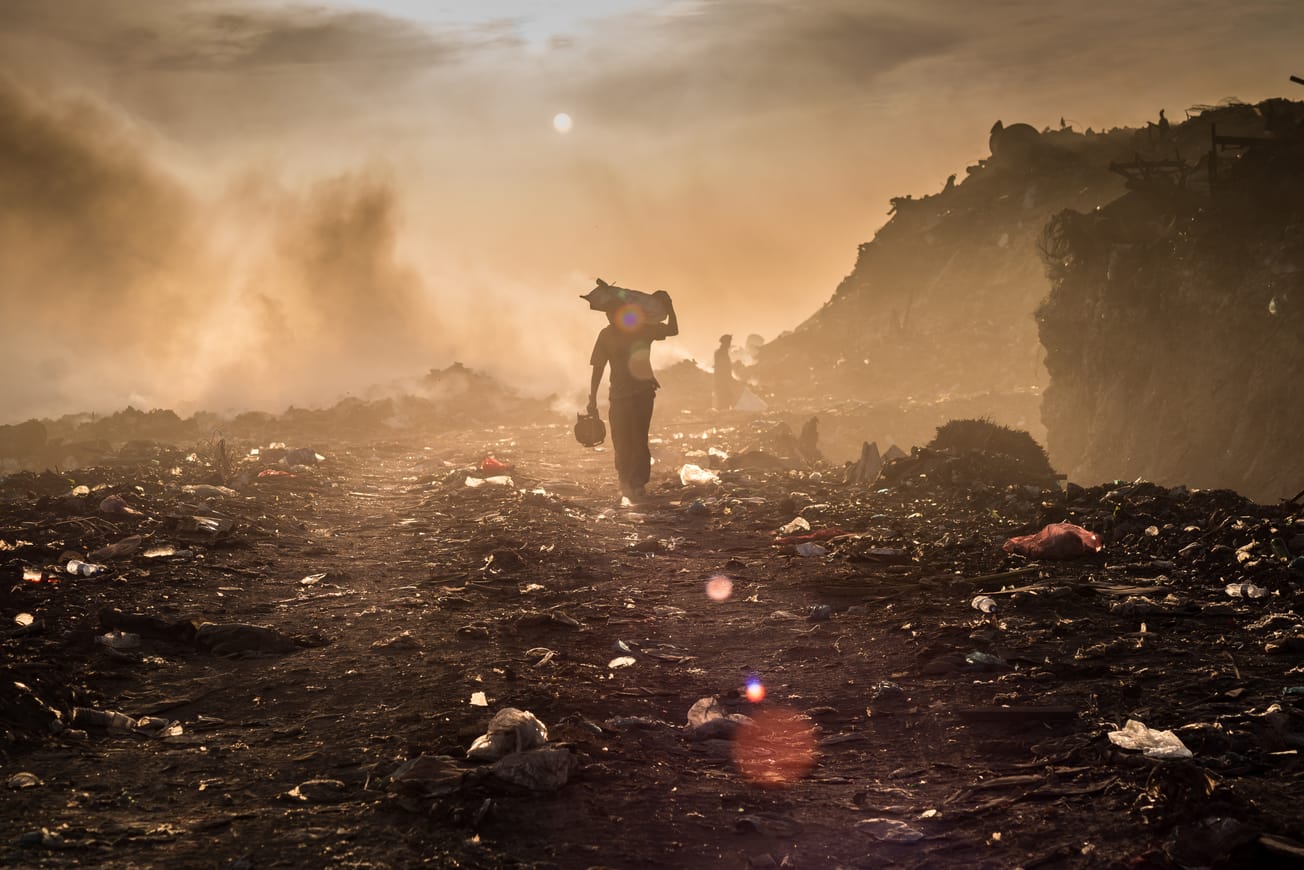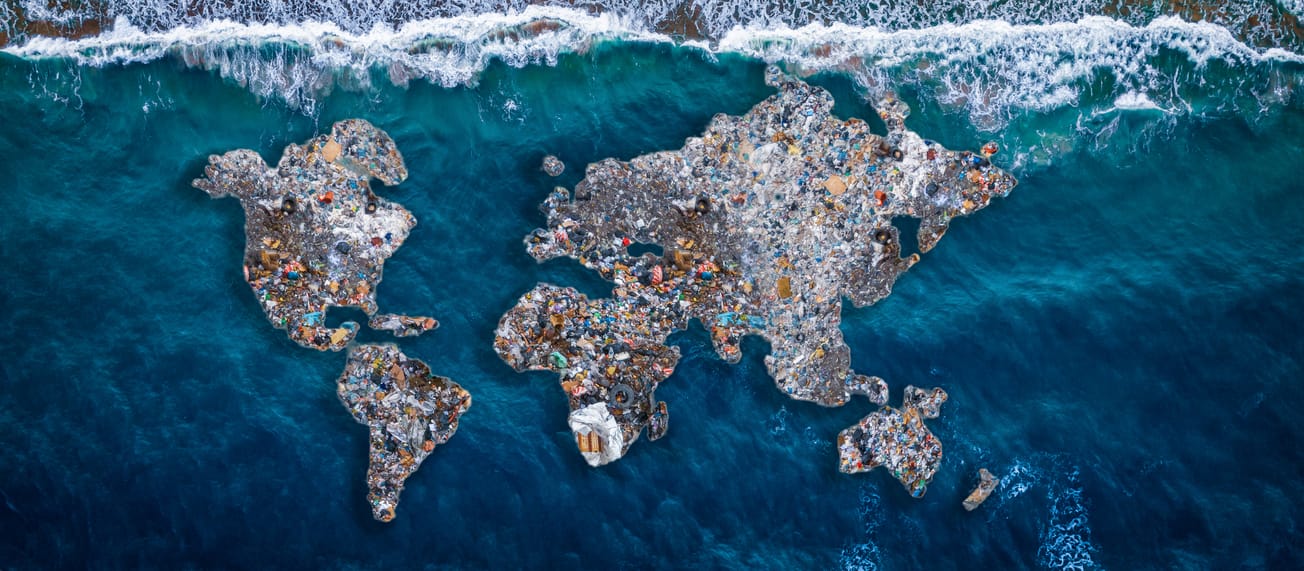On 11 November 2024, leaders and stakeholders from around the world will meet in Baku, Azerbaijan for the 29th Conference of the Parties (COP29) to the United Nations Framework Convention on Climate Change (UNFCCC). Dubbed the ‘Finance COP’, COP29 is perhaps one of the most important COPs to the UNFCCC to date. In this year’s agenda, four main items take centre stage:
- Establishing a new goal for climate finance (i.e. the ‘New Collective Quantified Goal’),
- Finalising the the rules for carbon markets (under Paris Agreement Crediting Mechanism, designed to facilitate international collaboration in reducing greenhouse gas emissions and combating climate change), and
- Advocating for the submission of Nationally Determined Contributions that are 1.5C aligned, economy-wide and
- Growing interest for increased synergies between biodiversity and climate linking NDCs with National Biodiversity Strategies and Action Plans (NBSAPs) under the Global Biodiversity Framework (read more in this policy brief from by the Ocean & Climate Platform and Blue Marine Foundation and this policy brief from The Nature Conservancy and us).
All are inherently linked to questions of funding for climate action and supporting developing countries.
A brief history of funding under the Paris Agreement
When the Paris Agreement was adopted in 2015, the international community also agreed that developed countries would provide US$ 100 billion every year from 2020 to 2025 to support achieving the goals of the Agreement. This finance goal, which is commensurate to other goals of the Paris Agreement, has also become a symbol of trust in the multilateral process.
It was also agreed that a new finance goal would be set by COP29, which reflects the changing contexts and needs of Parties.
The original $100 billion is no longer relevant or adequate (accounting for inflation alone would require a significant increase).
The need for a new finance goal is compounded by the fact that countries are simply not on track to limit global temperature warming to 1.5C (instead, we’re heading towards 2.7C). Now, human-induced climate change is affecting weather and climate extremes in every region across the globe, causing loss and damage to people and nature. These extreme weather and climate events are increasing in frequency and severity (IPCC, AR6 2023), which has resulted in increased demands for finance for adaptation and loss and damage.
Despite the urgent need for a new finance goal, in the lead-up to COP29, not all States agree.
Political ambition in the lead-up to COP29 has not been promising.
In this year’s G7 and G20 communique, there is no specific commitment to the adoption of an ambitious new climate finance goal. Instead emphasis was placed on the importance of scaling up private finance to complement sources of public funding. At the national scale, with only one week left until COP29, and the recent results of the US election, there is no news of an upcoming US-China joint statement, which could signal potential points of agreement between these two large economies. This is unsurprising given the US elections just concluded four days ahead of the start of the COP.
Small island developing States’ ambition for COP29
The African proverb, ‘when elephants fight, it is the grass that suffers’ is most applicable here. Small island developing States (SIDS) are a group of 39 States that are particularly vulnerable to the impacts of climate change, compounded by their capacity constraints due to small populations, land masses and economies.
SIDS are particularly vulnerable to the impacts of climate change with their low-lying coastal topography, dependency on natural marine resources such as coral reefs and fisheries and their susceptibility to external environmental and economic shock. The world was reminded of this when Hurricane Beryl struck on July 8 and took with it one third of Grenada’s GDP. Still recovering from the aftermath of COVID-19 and the constant need to recover from disasters, 40% of SIDS are now on the brink or already in debt distress. The path to resilience is uncertain.
Despite SIDS being recognised as one of the most vulnerable to climate change, the flows of climate finance to SIDS are slow and limited. According to the OECD’s 2024 Report on Climate Finance Provided and Mobilised by Developed Countries in 2013-2022, SIDS received $3.2 billion in climate finance in 2022; the majority of which was public funding in the form of grants. This is US$ 3.2 billion out of the US$ 100 billion that developed countries were expected to provide annually.
Understandably, SIDS have been disappointed by the trickling of climate finance. The negotiations for a New Collective Quantified Goal (NCQG) at COP29 present an opportunity to address this inequitable reality.
The main issues with setting a new global finance goal are:
- How much? What number will replace the current goal of US$ 100 billion? The amount is cause for significant debate as the providers of finance insist on an amount they can actually deliver on and developing countries insist on an amount that is reflective of their needs. The difference is huge, the former is in the billions and the latter in the trillions. The negotiating bloc for SIDS, the Alliance of Small Island States (AOSIS), latest submission states that,
‘At least USD [XXX] trillion in grant-equivalent terms of new, additional, predictable and adequate climate finance per year to address the current and evolving priorities and needs of developing country Parties’ (AOSIS, 2024)
- Paid for by whom? The answer to this, is the main fuel for the elephants’ fight. UNFCCC’s Annex I Parties seek to expand the donor base of climate finance to include non-Annex I countries. The argument of broadening the donor base is likely to be one of the finance negotiating pieces, although some countries have already made it clear that there will not be any substantial departure from what was agreed in the UNFCCC Convention and its Paris Agreement.
- What will it fund? Another cause for debate is whether to have sub-goals that set out the percentage of funds going to mitigation, adaptation, loss and damage and readiness. AOSIS is strongly advocating for the inclusion of finance flows to respond to loss and damage:
‘loss and damage response at [XX]% of the goal, and ensuring that a significant proportion of loss and damage response finance should flow through the Fund for responding to loss and damage.’ (AOSIS, 2024).
As the request is largely unpopular, AOSIS and the least developed countries (LDCs) have partnered to make the request that there should be ‘minimum allocation floors for [their] groups, in particular for adaptation, and loss and damage response.’ (AOSIS & LDCs, 2024)
SIDS have attributed the slow and limited flows of finance to issues of access. Together with the LDCs, they are championing the issue of access and have stipulated that minimum access enhancements must be put in place for SIDS and LDCs. These include:
- Simplification and harmonisation of funding approval procedures
- Standardisation and prioritisation of direct access modality for all channels
- Enhanced support for direct access, including for local non-governmental and community-based organisations and groups
- Delivery of an annual report on access enhancements per climate finance transaction
- Tracking progress: Transparency is one way to remedy the lack of trust plaguing the multilateral system. AOSIS has called for,
‘Developed country Parties to change their reporting methodologies by end of December 2025 and to harmonise methodologies amongst themselves in line with the NCQG decision.’
Where ambition meets finance
Will we wake up to an ambitious outcome when COP29 ends on the 21st of November 2024?
As the wells of public funds are channeled to multiple conflicts and addressing the aftermath of COVID-19, climate action and climate finance are falling from the list of priorities. This is particularly of concern for SIDS, who are dependent on public funds and wish to steer clear of increasing their debt burden.
An ambitious finance outcome will be seen as a win for developing countries, including SIDS. For SIDS, its future equally depends on ambition to drive down greenhouse gas emissions.
At COP29, countries will discuss the global goal 1.5C temperature goal and advocate for an ambitious next round of national climate plans. It is likely that finance discussions will become part of these discussions, as country capacity and the setting of achievable but ambitious goals are inextricably linked to finance. Without the reassurances that there will be significant financial flows, many major emitters have questioned their ability to develop ambitious climate plans.
With the current temperature trajectory set for 2.7C and the COP29 Presidency’s NDC described as critically insufficient by the Climate Action Tracker, there is cause for concern.
SIDS need equally great ambition for climate action and finance to be delivered at COP29. Both, however, remain uncertain.
As Antonio Guterres stated at this year’s Pacific Island Forum, ‘If we save the Pacific, we save the world.’ Is the world ready to save itself?


